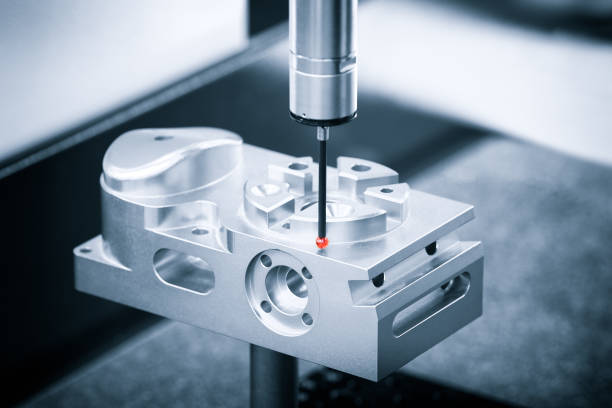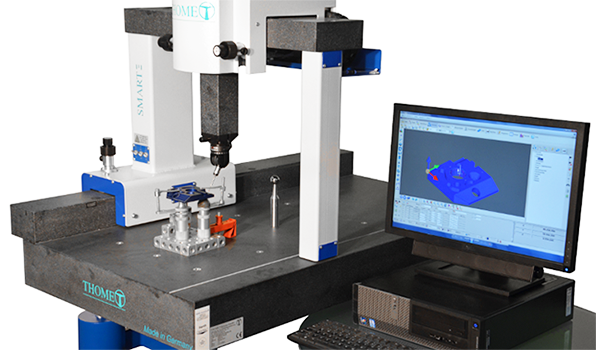Guys, it's not the manufacturing time, or the design time, it's the multiple inspections, and testing of the finished product that incurs the expense.
We almost have it as bad in the air race world. It costs a P-51 race plane almost 10,000 to just get airborne, then you are at around 12,000 an hour to fly. That's for a Bronze class. A Gold class you are up to 20,000 an hour, minimum.
In the beginning yes.
Once they have the proper material it's easy.
If they want one bolt you pay out the nose for it.
If it's a part thats needed constantly they'll make a couple thousand and put em on a shelf.



